What type of Insulation can I use on the exterior of my home?
I have an old home, circa 1920’s, I’m currently renovating in Saskatchewan, Canada. I want to add insulation on the exterior of the home. The house is currently covered with an old concrete type stucco that may be original?
I was thinking a “bubble wrap” type product, strapping then siding. I’m second guessing myself now as that’s a vapour barrier and may cause issues down road. There seems to be so much conflicting information out there it becomes very hard to make a decision. Love your work on the site and thanks in advance for any information.
Cheers,
Scott



















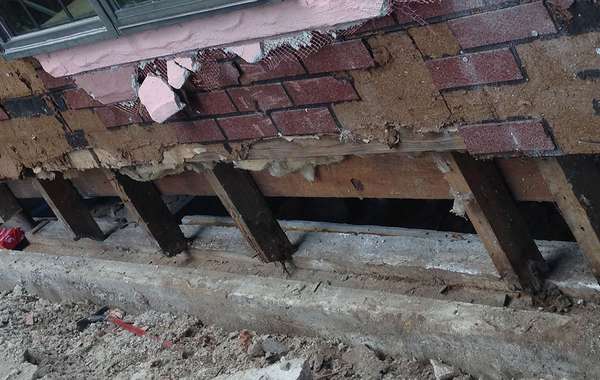
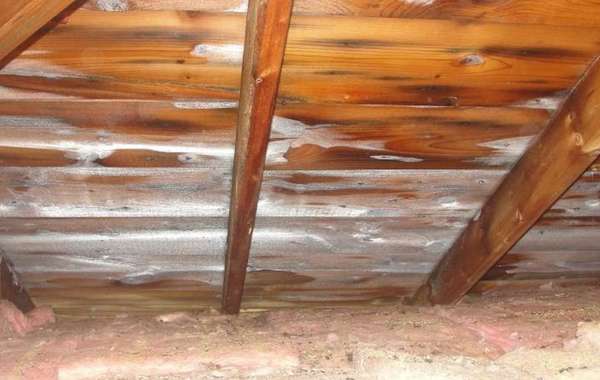
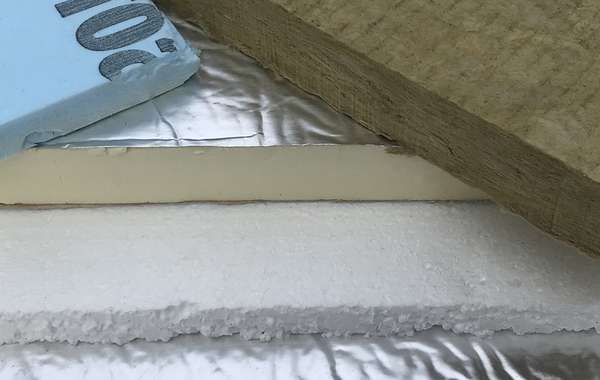
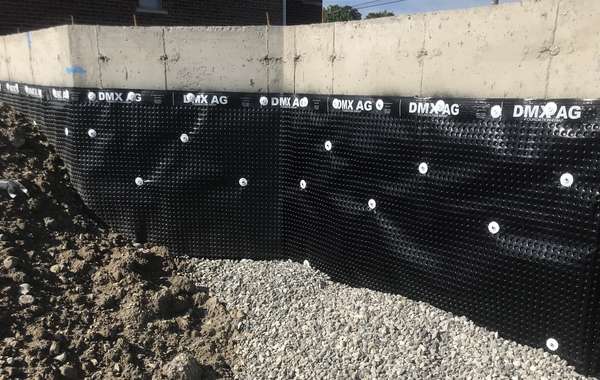


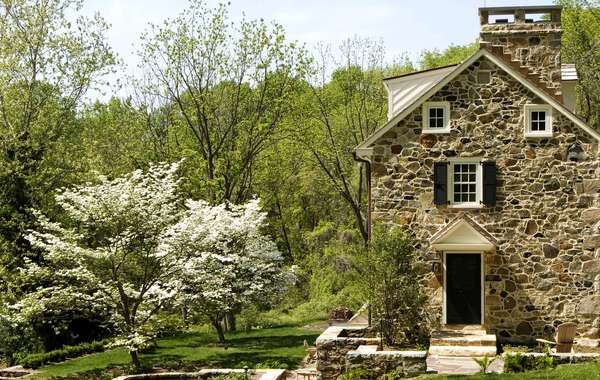
You were right to second guess yourself, a reflective foil on the outside would not serve you well. Yes, it would be a vapor barrier, and you don’t want that on the outside. And a foil membrane hardly offers any thermal protection at all.
A 1920s home would not have been built with an interior vapor barrier, but as it likely has multiple coats of oil paint by now it would pretty much have an interior ‘vapor barrier’ anyway, just with a few generations worth of oil paint being applied. What you are likely missing at this point is an effective thermal barrier and air barrier, so if you are going to redo the exterior this is a good time to do both. I think you may be best to look into some rigid insulation boards, but be sure to get the right ones, so be sure to read this page first -
The difference between Polyiso, EPS & XPS Foam Insulation & Styrofoam
There are rigid insulation boards that will act as the insulation only, insulation and air barrier only, or all in one - insulation, air barrier and vapor barrier. this is a good and bad thing - we think it's great that they are offered, but I wish I had a nickel for every time I saw the wrong product installed for a particular application and it ends up doing more harm than good.
An insulation like rigid Rockwool (or mineral wool) panels are a safe bet for you as they do not stop the outward migration of moisture. There are two brands that may be available in Saskatchewan, Rockwool (formerly Roxul) and Johns Manville.
The other think you'll need is a weather barrier / weather resistive barrier (WRB), and a breatheable one would serve you best to allow as much moisture to pass through as possible. read more here -
Choosing a house wrap, which is best?
Exactly how much insulation to add is a tough question that only you can really answer, it depends on whether there has ever been any cavity insulation added, how big your budget is, and how much space you have to work with on the outside (meaning - if you have neighbouring homes and setbacks to consider). I hope you could add at least 2 inches, but more is better. Does that help? drop us a line anytime for more details.
So i did a little more digging at a few local hardware stores and was recommended Iko EnerAir by a store that also has a home building division. However, im doubting that product will be correct as you suggest it tends to fail when you need it most, like a -40 Saskatchewan winter day. I am a journeyman carpenter in the residential sector, although i am from Australia so all this debate about vapour barrier, insulation etc is somewhat new to me, and the guys i bump into on sites and discuss this with basically have no real idea of what they are trying to achieve and just go with what everyone else is doing.
Option 1 is the Rockwool ComfortBoard covered in WRB/Tyvek housewrap and strapped or if i used a XPS like Dow Cladmate would a WRB still be required do you think? Am i on the right track?
Thanks
Scott
You're right that the IKO is a polyisocyanurate panel and it's performance falls off when it's cold. That is well known to the building science community but not likely known to the staff at the local hardware store. And not only that, the foil is a vapour barrier.
XPS has a nice R value per inch, but again, if you refer to that page on rigid board insulation above you'll see that it's also a vapour barrier. I like your option number 1 the best - I'd be doing Comfortboard since moisture moves right through it no problem.
And sadly it's not a surprise that you are finding very few builders that really understand the properties of the materials they are using, or that there actually are different properties. You are for sure on the right track, and here is a video on building science basics that may help you stick to your guns when the old school builders recommend exterior vapour barriers without even realizing it :) And notice - we used Comfortboard.
Hi Mike,
Thanks for the video recommendation, i see myself going down the rabbithole and watching everything you guys have!!
Im going to go with the ComfortBoard method, what do you suggest for fastening the board? Fasten it in conjunction with the strapping or fasten the board first then the strapping after? If you have any tips or recommendations on the install id love to hear them.
Thanks
Scott
Hey Scott, I'm glad some of those videos are of value! I would use the strapping to fasten it, Rockwool boards won't hold so well with just screws. If you watched that siding install video you'll see we did two layers of it but the principle is the same. In a perfect world you would have the Comfortboard then weather barrier both attached with the strapping. Dont forget to overlap and tape the weather barrier.
You need to make sure the bottom course of Comfortboard stays in place and supports the others, so it would need some screws if it isn't resting on something like ours is in that video, but the upper courses of Comfortboard won't need a lot of screws before siding. Screws cost money and they do act as a thermal bridge, it's not the end of the world but don't overload it with them for no reason. A certain amount of perforations in the weather barrier are unavoidable, but if you put any gaping holes in it be sure to tape them up to prevent air leakage. Glad to be of help.